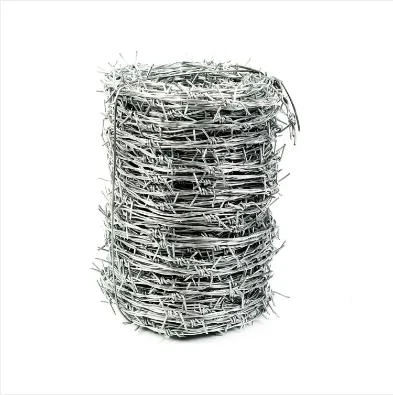dec . 16, 2024 19:59 Back to list
gabions
The Versatile World of Gabions Engineering Meets Aesthetics
Gabions, derived from the Italian word gabbione, meaning large cage, have become an increasingly popular solution in various fields, particularly in civil engineering, landscaping, and environmental stabilization. These structures consist of wire mesh cages filled with rocks, stones, or rubble, and they offer a unique blend of functionality and aesthetic appeal. This article explores the versatility of gabions, their applications, advantages, and the role they play in contemporary design.
Historical Context
The use of gabions dates back centuries, with their origins traced to ancient military fortifications where they served as protective structures. Stone-filled baskets were used to create ramparts and defensive walls, effectively utilizing available materials to strengthen defenses. Over time, this concept evolved, and gabions began to find applications in civil engineering and environmental projects.
Applications in Civil Engineering
Gabions are primarily employed for erosion control and drainage purposes. Their permeable nature allows water to flow through while retaining soil and rock, making them an effective solution for preventing soil erosion along riverbanks, slopes, and coastal areas. Furthermore, gabions can be stacked to create retaining walls, which stabilize soil and prevent landslides, thus safeguarding infrastructure above.
In addition to their practical uses, gabions serve a crucial role in flood management
. By constructing gabion walls along riverbanks, engineers can reduce the speed and impact of water flow, mitigating the risks of flooding. During storms or heavy rainfall, these structures absorb and redirect water, considerably decreasing erosion and sediment displacement.Landscape Design and Aesthetics
Beyond their engineering benefits, gabions have gained popularity in landscape architecture for their aesthetic versatility. Designers have recognized the appeal of these structures, as they can blend seamlessly with natural environments while creating visually striking features. Gabions can be used as decorative walls, benches, or even planters, allowing for endless creative possibilities.
gabions

The choice of filling material plays a significant role in the aesthetic outcome. Natural stones and boulders can create a rugged appearance, while polished stones or mixed materials can introduce an element of sophistication. Additionally, vegetation can be incorporated into gabion designs, with plants cascading over the edges or even rooted within the cages themselves, enhancing their beauty and ecological value.
Environmental Benefits
Gabions also promote sustainable practices in construction and landscaping. By using locally sourced materials, their environmental footprint is minimized. Moreover, their permeability allows water to infiltrate the ground, promoting groundwater recharge and reducing runoff. This feature is particularly advantageous in urban areas where impervious surfaces dominate, leading to significant water management challenges.
Another environmental benefit of gabions lies in their longevity and durability. Constructed from corrosion-resistant materials, gabions can withstand harsh weather conditions and remain functional for decades. This long lifespan reduces the need for frequent replacements or repairs, further contributing to sustainable construction practices.
Challenges and Considerations
Despite their numerous advantages, the use of gabions is not without challenges. Proper design and installation are crucial to ensure their effectiveness and durability. Factors such as loading conditions, material selections, and site-specific characteristics must be carefully considered to avoid failure. Additionally, the visual impact of gabion walls should be taken into account, as they may not fit every landscape or architectural style.
Conclusion
Gabions represent a fascinating blend of practicality and aesthetics in engineering and landscape design. Their ability to address critical issues such as erosion control, flood management, and sustainable practices makes them invaluable in modern construction projects. As we continue to explore innovative solutions for environmental challenges, gabions stand out as a versatile and beautiful option, bridging the gap between functionality and design. Whether employed in infrastructural projects or landscaping endeavors, gabions will undeniably remain a significant aspect of our built environment for years to come.
-
Weather Resistance Properties of Quality Roofing Nails
NewsAug.01,2025
-
How Galvanised Iron Mesh Resists Corrosion in Harsh Environments
NewsAug.01,2025
-
Creative Landscaping Uses for PVC Coated Wire Mesh Panels
NewsAug.01,2025
-
Common Wire Nail Dimensions and Their Specific Applications
NewsAug.01,2025
-
Choosing the Right Welded Wire Sheets for Agricultural Fencing
NewsAug.01,2025
-
Anti - Climbing Features of Razor Wire Barriers
NewsAug.01,2025









